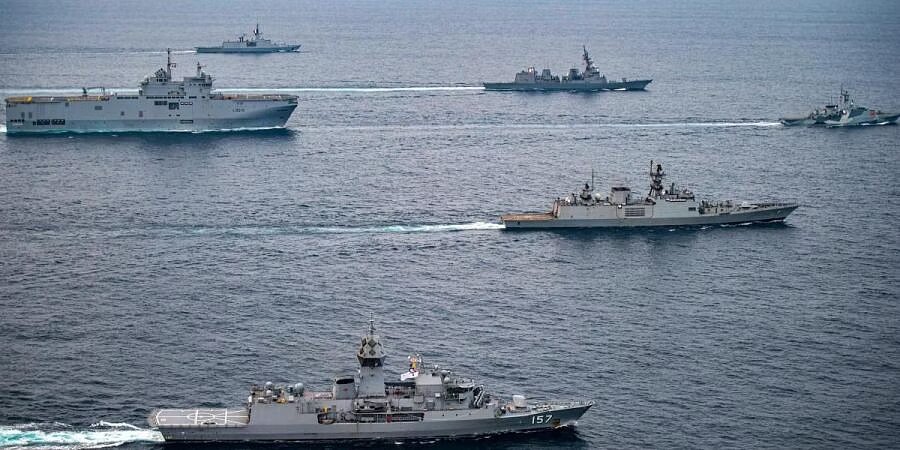Next week, the Indian Navy will release an updated version of its “indigenization roadmap.” This roadmap will focus on specific steps that the Indian Navy can take to become self-sufficient in getting important technologies and systems that will help its military power overall. The roadmap will be made public at the second annual “Swavlamban” seminar, which will take place on October 4 and 5, Navy officials said Wednesday. Prime Minister Narendra Modi is also set to attend.
As part of a press conference, Vice Chief of the Naval Staff Vice Admiral Sanjay Jasjit Singh said that the Navy had agreed at the Swavlamban seminar last year to develop 75 technologies, and that goal had been met.
He said, “When the prime minister was here last year, the Indian Navy promised to work on at least 75 technologies as part of Azadi ka Amrit Mahotsav.”
The Vice Chief of Naval Operations said that the Navy has put in a lot of time and work to keep this promise.
“Today, I’m sure to say that the Swavlamban initiative has reached a certain point of critical mass and is continuing to gain speed.” “I’m happy to say that all of the promises made last year have been kept, and in some cases they’ve been even better,” he said.
At the next Swavlamban seminar, these innovations will be shown off.
An updated “Indian Navy indigenization roadmap,” a paper called “Swavlamban 2.0,” and new problems for the industry are going to be shown at the seminar, according to a junior official.
Among the new technologies that the Navy will show off at the seminar are swarm drones of different types and uses for robots and artificial intelligence.
Vice Admiral Singh said that every Navy proposal received over the past year has been looked at, processed, and worked on by dedicated teams of officers to make sure that the force has a wide range of “trials cleared products” that are ready for induction or almost ready.
“We have already gotten Acceptance of Necessity for 12 of these cases, which are worth about 1500 Crores. Purchase orders for goods worth 200 Crores have also been signed.” “We hope to sign many more of these kinds of contracts in the next few weeks,” he said.
The Navy wants to see new goods come to life through the “Sprint” program, which was introduced at the Naval Innovation and Indignation Organization (NIIO) Seminar in July of last year.
These items are being made as part of the Indian Navy’s Technology Development Acceleration Cell and the Ministry of Defence’s Innovation for Defense Excellence plan.
Vice Adm. Singh said, “Sprint has been more than just a plan; it has been a ‘Statement of Intent.'”
“We are pleased with the results, and we are sure that many of the products that were made as part of this initiative will be used by other armed forces, the government, and the civilian sector. They will also be sent to friendly foreign countries for export,” he said.
The NIIO holds a lecture every year called the Swavlamban. The next episode will be the second one in the series. The seminar’s goal is to get Indian businesses and universities to work together to make the defense field self-sufficient.
Along with the plenary event on the first day, the next seminar will have sessions on innovation and aviation.
During the innovation sessions, people talk about the “Sprint” project and then talk about buying things, rules, and certification.
There will also likely be a number of other launches and big policy announcements for all three services.
On the second day, there will be workshops on indigenization and armament, as well as a session where the industry can talk about the Swavlamban 2.0 document.
Navy officials say that on the second day, there will be breakout meetings on new medical technologies and the presence of defense attachés and diplomats from more than 50 friendly foreign countries.
